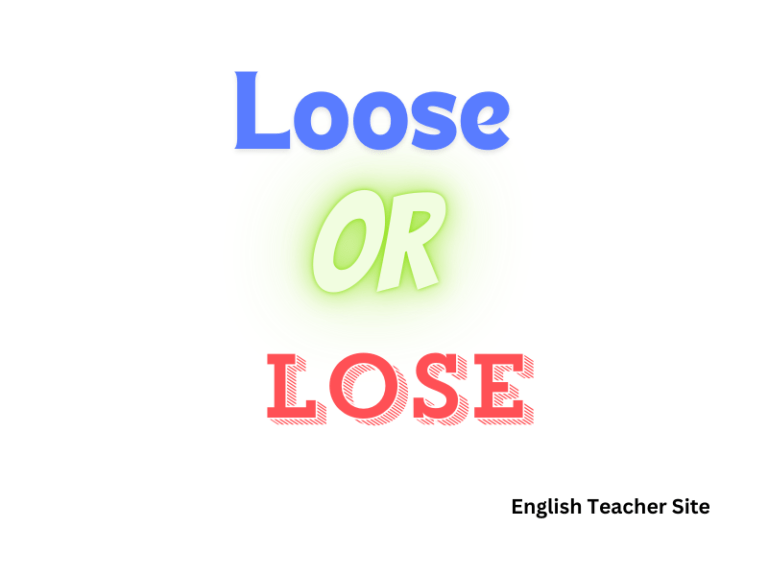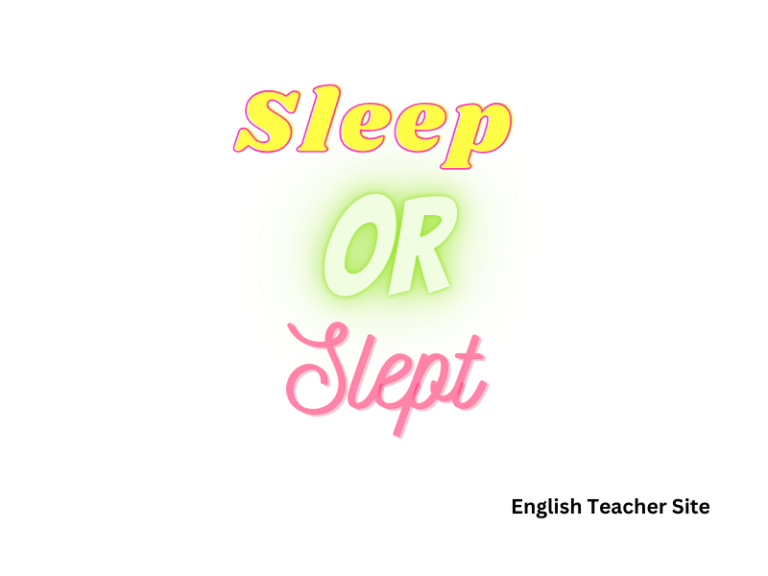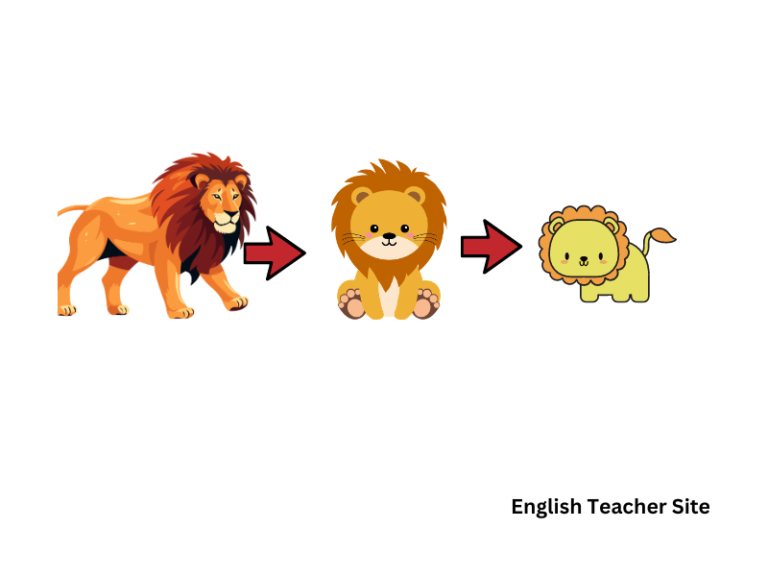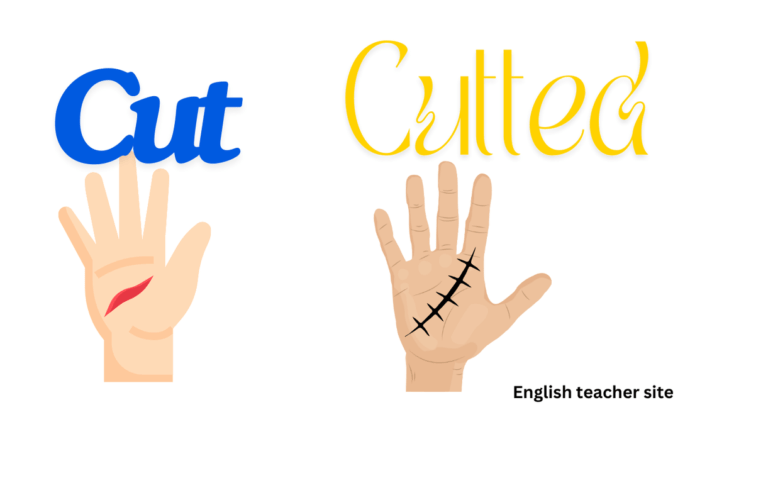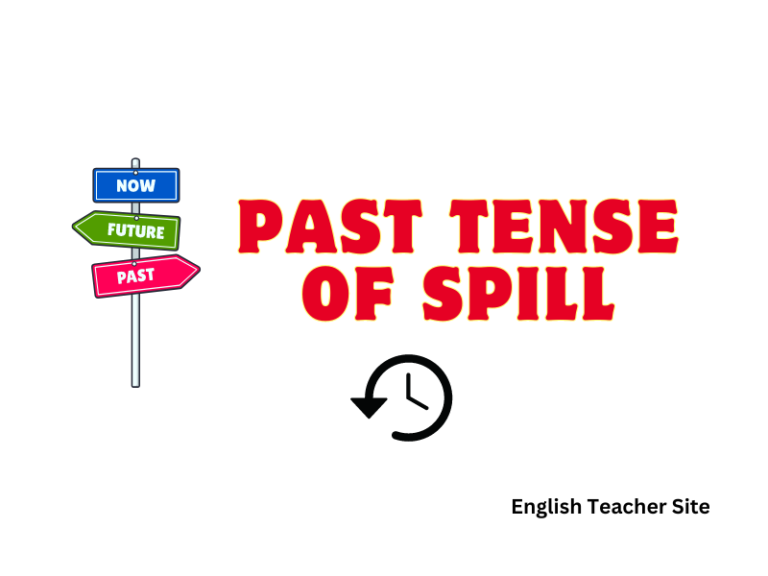Types of Verbs: Exploring Modal, Stative, Infinitives, and Transitive Verbs
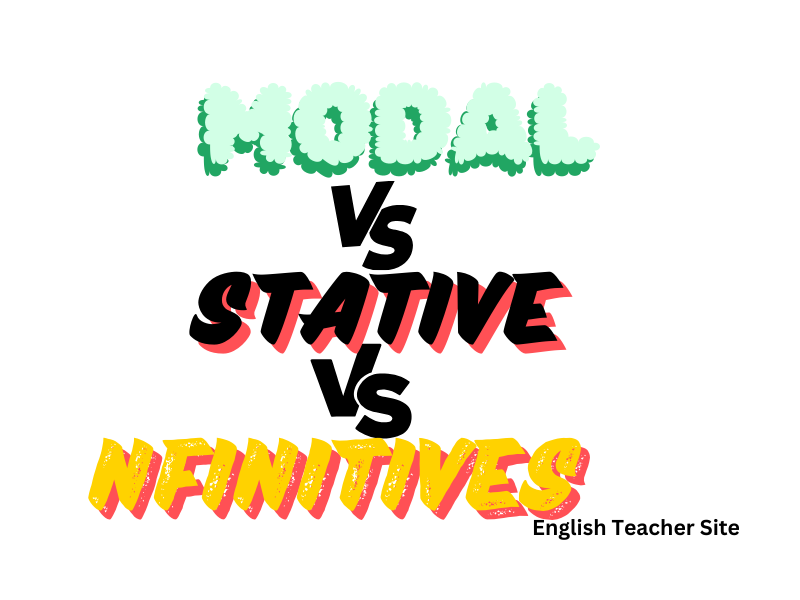
- Modal verbs modify main verbs to express possibility or necessity.
- Stative verbs indicate states of being, distinct from actions or dynamic verbs.
- Transitive verbs require an object to complete their meaning, while intransitives do not.
Stative verbs describe a state rather than an action, indicating thoughts, emotions, relationships, senses, and measurements. Examples include “believe,” “prefer,” and “seem.” Unlike dynamic verbs, which depict actions that can be seen or heard, stative verbs often relate to mental processes or states of being that are typically not used in continuous tenses. On the other hand, infinitive verbs, the basic form of a verb preceded by “to,” can act as nouns, adjectives, or adverbs in a sentence, like “to run” or “to see.”
Types of Verbs
Verbs are the backbone of a sentence, providing vital information about the actions, states, or occurrences. This section will explore various categories of verbs, each serving a unique function in the fabric of English grammar.
Modal Verbs
Modal verbs are auxiliary verbs that express modality—possibilities, abilities, permissions, and obligations. They do not change their form according to the subject and are used alongside a main verb. Here are some examples of modal verbs:
- Can, could: ability, possibility, or permission
- May, might: possibility or permission
- Must, ought, should: obligation, advice, or logical conclusion
- Will, would: future, habitual actions, or willingness
Necessity and certainty are also expressed through modal verbs, indicating the speaker’s viewpoint on the likelihood of an event.
Stative Verbs
Stative verbs represent states of being, senses, emotions, and thoughts. They usually do not describe actions that can be visualized. Stative verbs include:
- Believe, think, know: mental states or processes
- Love, hate: emotions
- Owe, own, possess: conditions of ownership
- Seem, sound, taste, appear, feel: senses
- Have: possession
Stative verbs often appear in the present tense, as they express conditions that exist, rather than actions being performed.
Action and Linking Verbs
Verbs either show action or link the subject to a subject complement. Action verbs express physical or mental actions, whereas linking verbs connect the subject to information about the subject:
- Action verbs: run, jump, think (they can be either dynamic or static)
- Verbs like seem, become, appear function as linking verbs
Action verbs are often used in present continuous or other tenses to show time aspect of the action.
Helping Verbs (or Auxiliary Verbs)
Helping verbs assist the main verb in a sentence to form a verb phrase. They include “be” verbs (am, is, are, was, were) and modal verbs. Here’s a quick distinction:
- Regular verbs: typically take -ed for past tense and -ing for present participle (e.g., walk, walked, walking)
- Irregular verbs: vary in past tense and past participle forms (e.g., go, went, gone)
Helping verbs also express tense, mood, and voice of the main verb.
Transitive Verbs
Transitive verbs are action verbs that require a direct object. The action of the verb is transferred to the object. For example:
- She reads a book. (Reads = transitive verb; a book = direct object)
| Transitive Verb | Direct Object |
|---|---|
| sends | an email |
| bakes | a cake |
| gives | advice |
Transitive verbs are essential for constructing meaningful sentences as they link the action to something or someone.
Intransitive Verbs
In contrast, intransitive verbs do not need a direct object; the action stays with the subject. For instance:
- They slept peacefully. (“Slept” does not require a direct object)
Here are some examples:
- Laugh
- Arrive
- Sit
Understanding whether a verb is transitive or intransitive helps in correctly identifying and using the objects of a sentence.
By distinguishing between these types of verbs—modal, stative, action, linking, helping, transitive, and intransitive—one can master the nuances of English language and improve their communication skills.
Examining Verb Forms
When understanding the intricacies of English grammar, it’s imperative to recognize the varied forms verbs can take. In doing so, we gain insights into their functions and usage in the language.
Regular Verbs
Regular verbs follow a consistent pattern in their conjugation. For example, in the past tense, a simple -ed is often added to the base form. Below is a table illustrating this conjugation with the verb ‘talk’:
| Base Form | Past Tense | Past Participle |
|---|---|---|
| talk | talked | talked |
| walk | walked | walked |
| listen | listened | listened |
Irregular Verbs
Irregular verbs, as the name suggests, do not follow a standard pattern of conjugation. They can vary widely and must often be memorized. Here’s a concise list illustrating some common irregular verbs:
- Be: am/is/are, was/were, been
- Go: go, went, gone
- Come: come, came, come
Irregular verbs are diverse, and their forms require careful study to master.
Phrasal Verbs
Phrasal verbs are an assembly of words that, when used together, take on a different meaning than the individual words might suggest. They are constructed with a verb and a preposition. For example:
- Give up: to quit or surrender
- Look after: to take care of
To illustrate the use of phrasal verbs, consider the following examples in sentences:
| Phrasal Verb | Meaning | Example Sentence |
|---|---|---|
| break down | to stop functioning (machinery) | “The car broke down on the highway.” |
| put off | to postpone | “They put off the meeting until Thursday.” |
Unveiling Verb Structures
The intricate system of verbs in English includes a variety of structures, each playing a pivotal role in conveying time, mood, and relationships between subjects and actions. Among these, infinitives are a fundamental component, versatile in their ability to act as nouns, adjectives, or adverbs.
Infinitives
Infinitives are the base form of a verb, often preceded by the word “to.” They serve several purposes in sentences, from acting as the subject or object to expressing a purpose or intent.
- To Act as a Noun: Infinitives can stand in for nouns in a sentence.
Sentence Role Example Sentence Subject To dance was her passion. Object She loves to read. - To Function as an Adjective or Adverb: Infinitives can modify nouns or provide reasons for actions.
Modifier Type Example Sentence Adjective She had a request to make. Adverb He left early to avoid the traffic. To Indicate Purpose: They often express why something is done.
- She studies hard to pass the exam.
- He travels to experience different cultures.
Infinitives are also important in constructions with auxiliary or modal verbs, where they complement the main verb by providing additional information without specifying a subject or tense.
- He should to learn to swim.
- They must to sign the agreement.
Source
My name is Khamis Maiouf. I am the creator of the English Teacher Site, dedicated to providing valuable resources and insights for students around the world. With a passion for education and a commitment to helping students enhance their skills, I aim to make English teaching more effective and enjoyable for both educators and students.

